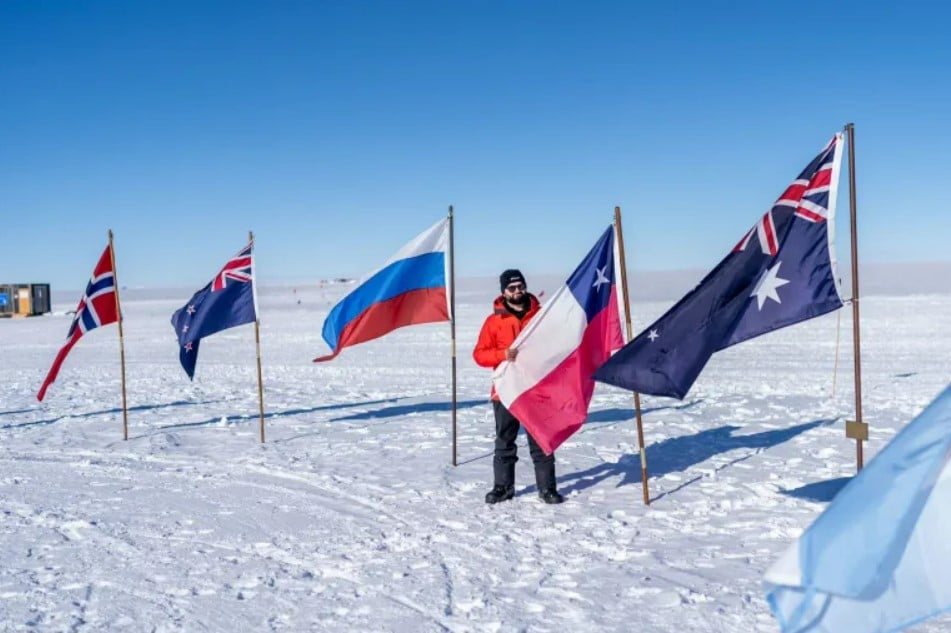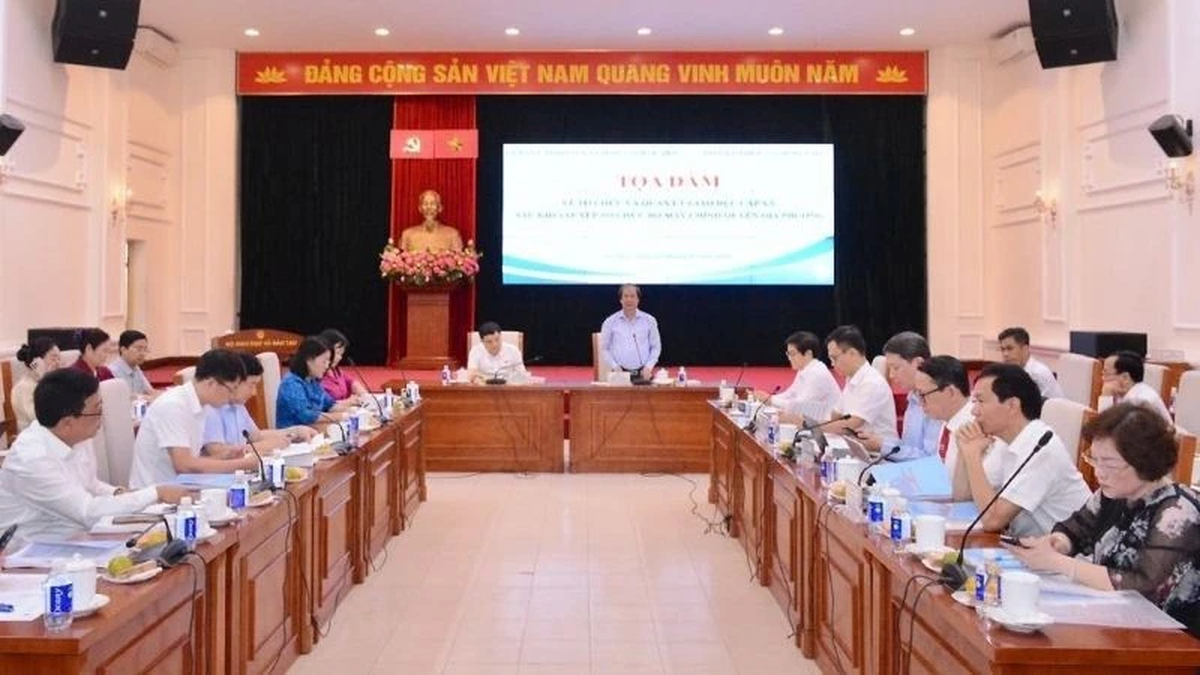(CLO) Chilean President Gabriel Boric recently became the first leader from the Americas to visit Antarctica, sparking global discussions about sovereignty and scientific exploration in Antarctica.
Antarctica has long been a focus of geopolitical interest, with seven countries claiming territorial sovereignty over the continent: Chile, Argentina, the United Kingdom, Norway, Australia, New Zealand and France. However, these claims often overlap and are not recognized under international law.
On January 2, Gabriel Boric arrived in Antarctica as part of his “Operation Polar Star III” mission. The Chilean president visited the Amundsen-Scott South Pole Station and Chilean research facilities there. “This is an important milestone for us,” said President Boric.

Chilean President Gabriel Boric in Antarctica. (Photo: Gabriel Boric / X)
Antarctica, the world's fifth largest continent, is the only continent without an indigenous population or government. It covers 5,405,430 square miles and is collectively governed under the 1961 Antarctic Treaty, designated as a scientific reserve, with no military activity allowed.
Although the Antarctic Treaty put territorial disputes on hold, countries, including Chile, still claim sovereignty over the areas, leading to overlapping territories.
Antarctic Treaty
Signed against the backdrop of Cold War tensions, the Antarctic Treaty was a cornerstone of peace and scientific cooperation. It froze territorial claims and banned resource exploitation and military activities, ensuring the region remained a global commons for scientific research.
During his visit, Mr. Boric reaffirmed his commitment, emphasizing that the Antarctic Treaty would protect the white continent from geopolitical rivalries and focus on scientific research.
Is the US involved?
The United States plays a key role in protecting and developing scientific research in Antarctica. As one of the original 12 nations to sign the Antarctic Treaty in 1959, the United States has committed to maintaining Antarctica as a peaceful, non-militarized area for international scientific research. The treaty has provided the foundation for international cooperation in science and environmental protection in Antarctica.
The United States maintains three major research stations in Antarctica: McMurdo Station, Palmer Station, and Amundsen-Scott South Pole Station. Although it does not claim sovereignty over Antarctica, the United States maintains an active presence.
The Antarctic Treaty and Environmental Protection Protocol will be reviewed in 2048, opening up opportunities for changes in the region's governance.
The 1991 Protocol bans mining and designates Antarctica as a “nature reserve,” but growing demand for energy and water could challenge the conservation principle. Antarctica’s natural resources, such as oil and minerals, could become targets for exploitation, raising debate about the balance between environmental protection and resource exploitation.
Ha Trang (according to GI, Newsweek)
Source: https://www.congluan.vn/ai-dang-kiem-soat-vung-dat-bang-gia-va-khac-nghiet-nam-cuc-post329765.html



































































































Comment (0)